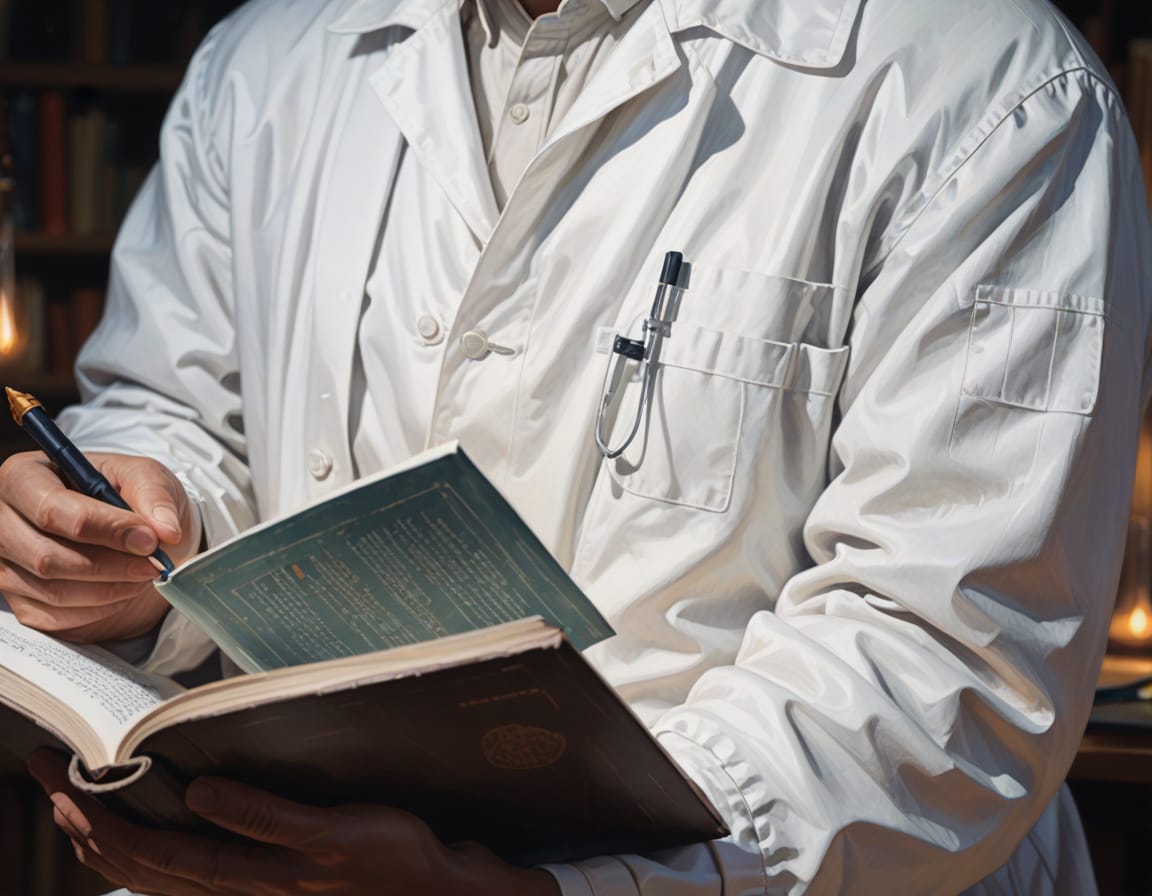Beginning my career in clinical microbiology at age 18 years along with fellow students we were provided with a list of recommended textbooks from the college we attended. These reference books became the backbone of our studies and have particularly remained with me as exemplary sources of information in my subject throughout my life. Some textbooks were provided by the department in which I worked. At least, I found they would have some of the key reference works if not the most up-to-date Edition. Some were bought by me. Sometimes difficult to justify because textbooks have never been particularly inexpensive. Some were bought by colleagues, particularly by the head of department, because, I think that the department head often felt compelled to chip-in to the available knowledge in their own departments and requests to procurement to spend money on books were often denied. Some textbooks maybe located in the hospital medical library, although not all hospitals were fortunate enough to have such a facility.
It was commonplace for textbooks to be borrowed from individuals and libraries and lent by individuals to others. I was looking at my own bookshelf recently and remembered Dr Fred Archer. My very first Consultant Microbiologist, the man who gave me the chance to work in a clinical microbiology department. Fred would wander down the corridor towards the department and call me, “Peter, do you have a cigarette on you?”.
I reached into my lab coat pocket, “yes Dr Archer”, pulling out a packet of Embassy Red, “I have a few in this packet, you can have these I’ll get another pack at lunch time”. “Thank-you”, was the reply, “that’s so kind” as he lit one.
One book I did buy and cherished (and still do), The Faber Medical Dictionary (1975) 2nd Edition, Ed. Sir Cecil Wakeley, Revised by J G Bate. This book was referred to daily by all of us in the department, in the days where request forms were handwritten by GPs, Consultants and hospital Doctors alike, handwriting that often looked like a spider with ink on its feet had crawled across the form. I remember colleagues regularly asking, “can anyone help me read this?” looking at The Faber, “I think it’s this word”.
This reference book still sits on my bookshelf and smells clearly of the lab disinfectant that we used in our discard jars.
I am now looking across a bookshelf in the last hospital in which I worked some 40 odd years on. Here, in front of me, a small text catches my eye, Recent Advances in Infection. (1979). Eds. D Reeves and A Geddes. As I open it there is the distinct smell again, disinfectant. Contents; page 193, “Quality control in microbiology” by E. Joan Stokes. That’s what I was looking for. Opening the front cover is printed by hand “J F Archer”. Thanks Fred, this is for all those cigarettes, I clutch the book, which now sits on my shelf, in my lab.
Peter Kerfoot MSc FIBMS
January 2025



